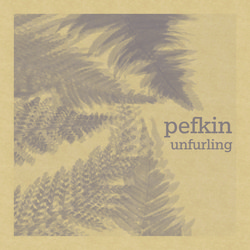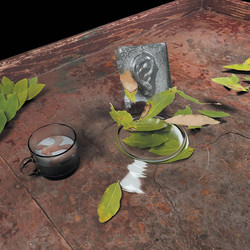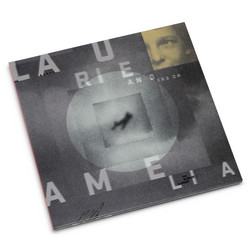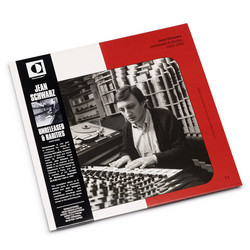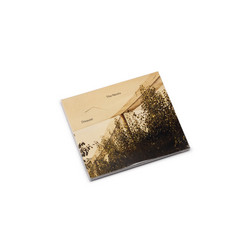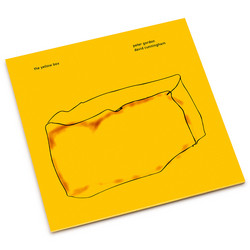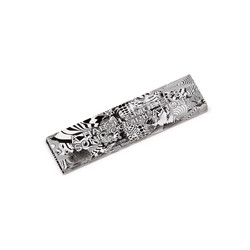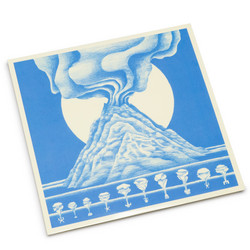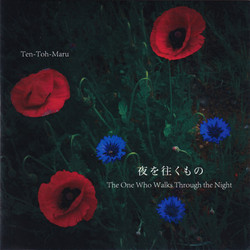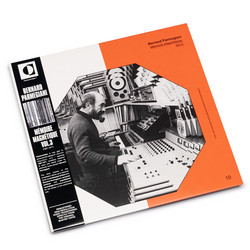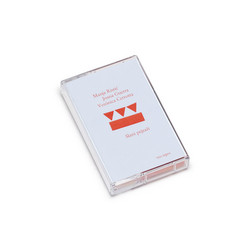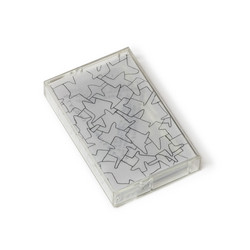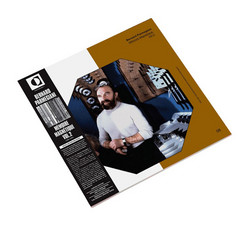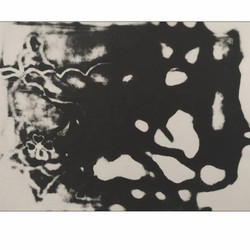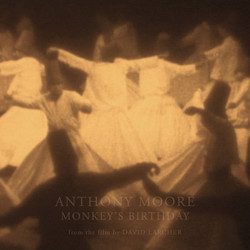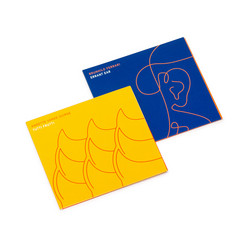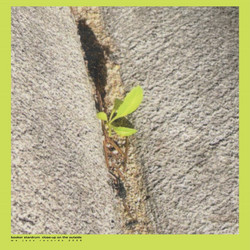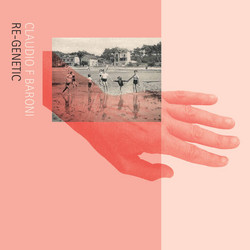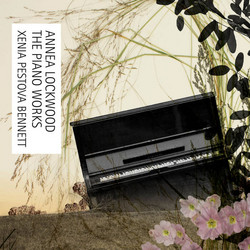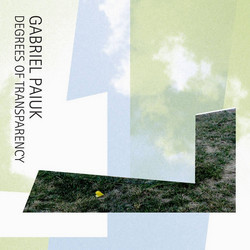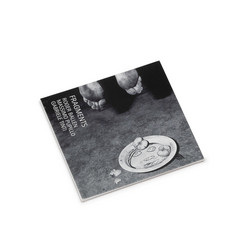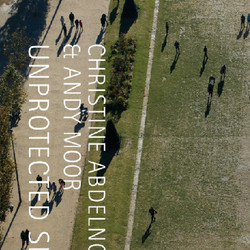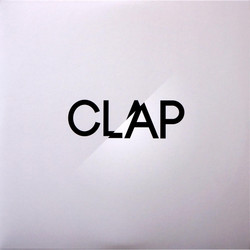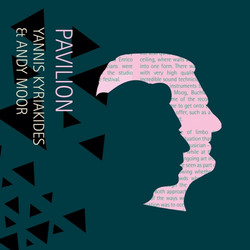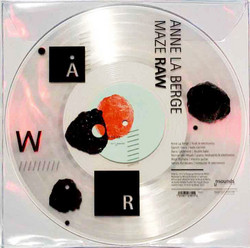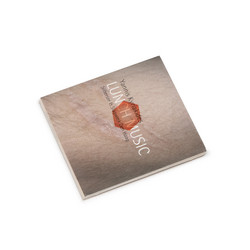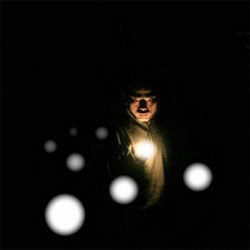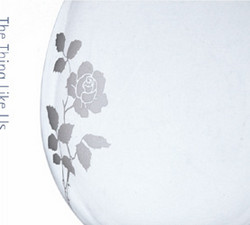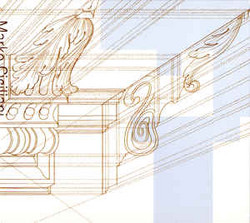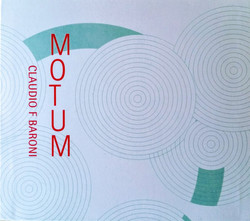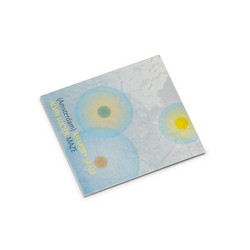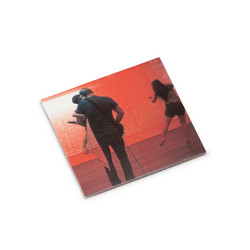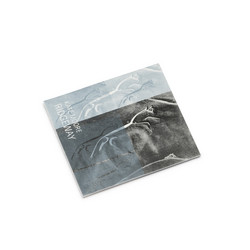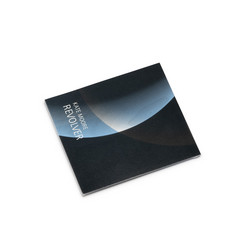Irish composer David Fennessy is known for his intricate textures and arresting harmonies: the four works presented on this album, Caruso (Gold is the Sweat of the Sun), and the viola driven triptych Hauptstimme, Nebenstimme, and Nox, represent the many facets of his inventive music. The music in Caruso (Gold is the Sweat of the Sun) is almost completely made up of very short extracts from gramophone recordings of the Italian tenor opera singer Enrico Caruso (1873-1921) dated between 1903 and 1908, which are looped, stretched and combined to form a kind of ‘choir.’ The electric guitar, played by David himself, is a representation of an obsessive, creative force at the centre of the relentless river of sound of the myriad of voices. The three other works on the album, Nox, Hauptstimme and Nebenstimme, create a fascinating perspective on the idea of the individual, in relation to the collective.
Nox, written for the violist Garth Knox, is like a portrait of the musician. The open string, first a C then a G is explored in all its rich sonic glory. Conversely, in Hauptstimme, it is as if the viola player, this time Megumi Kasakawa, struggles to convey their individuality against the backdrop of the forces of Ensemble Modern, but this is intentional. According to the composer: “For much of the time, the solo viola is buried in a thick ensemble texture with the primary goal merely to be heard. Once it has achieved this, a more complex question emerges – what to say?”. Nebenstimme, the final part of the triptych, is like a photographic negative of Hauptstimme. What was before a loud, forceful rhythm in the percussion, is transformed here into a delicate, ornamented chorale in the celesta. The viola remains the solo instrument but is in this case shy and uncertain.


